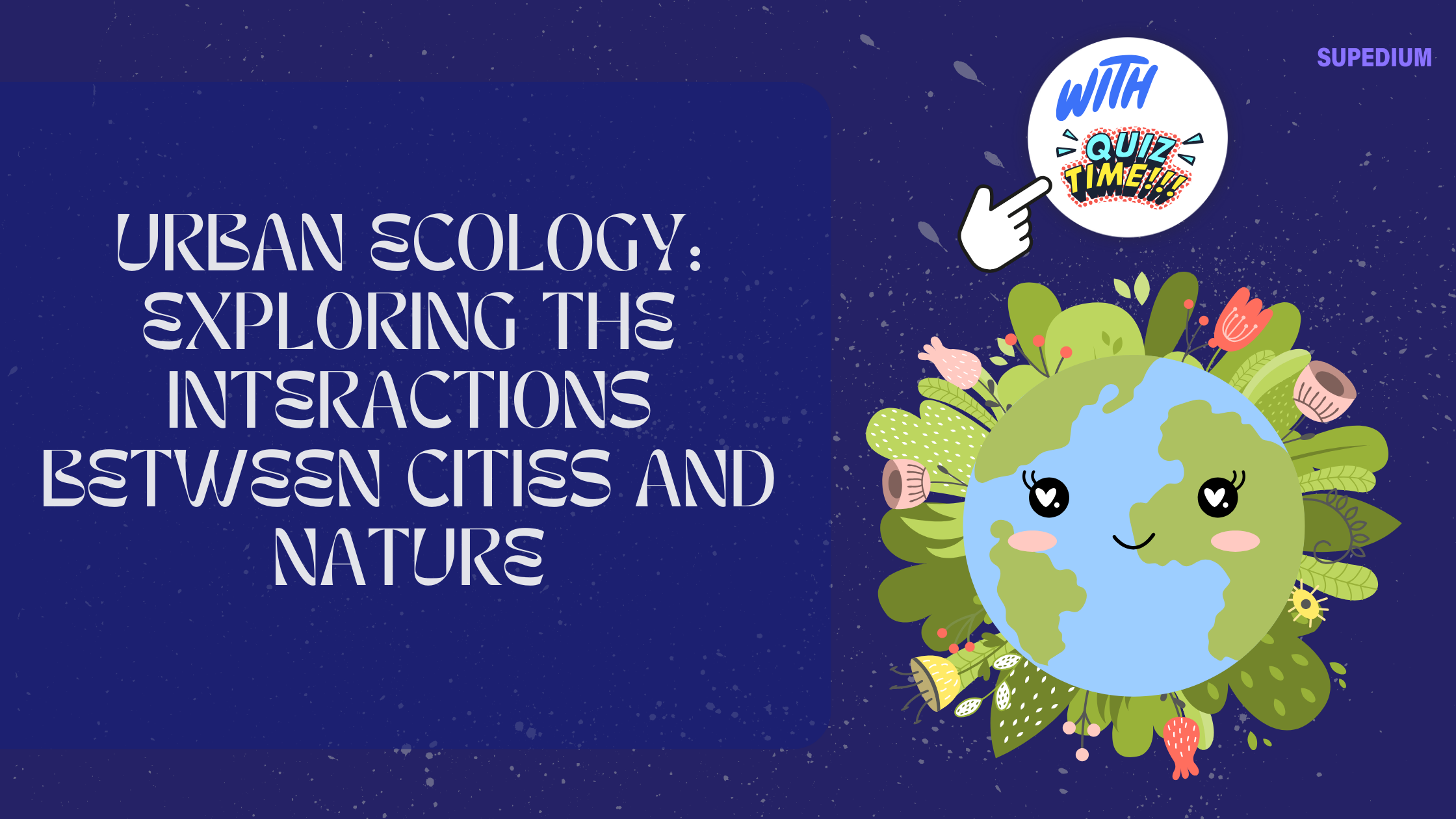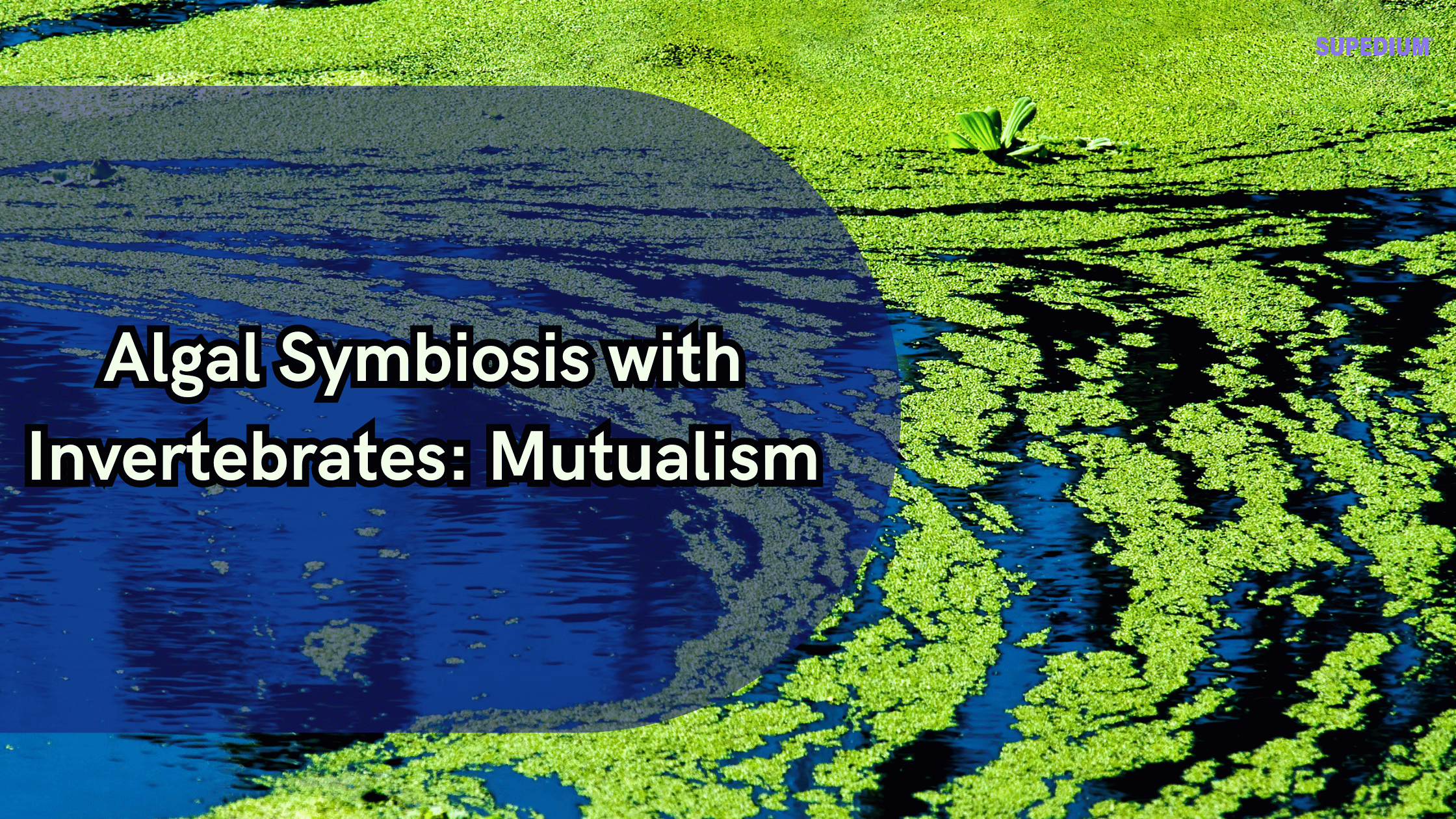Table of Contents
![]()
Urban ecology is a dynamic field that investigates the interactions between living organisms and their urban environments. As cities continue to expand, understanding these interactions becomes increasingly vital to fostering sustainable urban development and enhancing the quality of life for urban residents. This article delves into the core concepts of urban ecology, its significance, and the challenges and opportunities it presents.
Introduction to Urban Ecology
Definition and Scope
Urban ecology is the study of ecosystems within urban areas, where natural and human-made environments intersect. It encompasses the examination of ecological processes, species interactions, and environmental changes within cities. The field aims to understand how urbanization impacts biodiversity and ecological functions, and to find ways to mitigate these effects to create healthier, more sustainable urban environments.
Historical Context
The concept of urban ecology has evolved significantly over time. Initially, ecological research focused primarily on natural habitats, with urban areas considered secondary. However, as urbanization accelerated, researchers recognized the need to study the unique ecosystems that emerge in cities. Urban ecology has grown from examining the effects of industrialization and city planning on local environments to exploring complex interactions between diverse urban species and human activities.
Objectives
The primary objectives of urban ecology are to understand ecological processes in urban settings, assess the impact of urbanization on biodiversity, and develop strategies for creating sustainable urban environments. This involves studying how urbanization alters ecosystems and finding solutions to enhance the ecological health of cities.
Urban Ecosystems
Components of Urban Ecosystems
Urban ecosystems are composed of both natural and artificial elements. Key components include:
- Green Spaces: Parks, gardens, and green roofs provide crucial habitat and recreational areas. They help mitigate the effects of urbanization by supporting biodiversity and offering ecological benefits.
- Built Environments: Buildings, roads, and infrastructure dominate urban landscapes. These structures influence local climate, water flow, and habitat availability.
- Water Bodies: Urban areas often feature rivers, lakes, and artificial water bodies. These play a role in managing water resources and supporting aquatic life.
- Soil and Land Use: Soil in urban areas can vary greatly due to construction, pollution, and landscaping practices, affecting plant growth and ecosystem health.
Biotic Components
- Plants: Urban environments host a mix of native and non-native plant species. Native plants often support local wildlife, while non-native species can alter ecological dynamics.
- Animals: Urban areas are home to a range of wildlife, including adapted native species and invasive newcomers. Animals such as birds, insects, and mammals interact with both natural and artificial features of the urban landscape.
- Microorganisms: Soil microbes and other microorganisms play essential roles in nutrient cycling and decomposition, though they can be affected by pollution and other urban stressors.
Abiotic Components
- Climate and Microclimates: Urban areas often experience distinct microclimates due to factors like the Urban Heat Island Effect, where cities become significantly warmer than surrounding rural areas.
- Air Quality: Pollution from vehicles, industry, and other sources affects air quality, impacting both human health and ecosystems.
- Water Quality: Urban runoff and wastewater can degrade water quality in rivers and lakes, affecting aquatic life and human health.
- Soil Characteristics: Urban soils can be contaminated and altered by construction activities and pollution, influencing plant growth and ecosystem functioning.
Human Impact on Urban Ecology
Urbanization and Habitat Modification
Urbanization leads to significant habitat modification, including land conversion and habitat loss. Natural landscapes are often replaced with buildings and infrastructure, which fragments and isolates remaining natural habitats. This can disrupt wildlife corridors and reduce biodiversity.
Pollution and Environmental Degradation
Urban areas are major sources of pollution. Air quality issues, such as elevated levels of particulate matter and greenhouse gases, can harm both people and the environment. Water pollution from industrial discharge and sewage affects aquatic ecosystems, while soil contamination can hinder plant growth and soil health.
Climate Change and Urban Heat Island Effect
Cities contribute to climate change through greenhouse gas emissions, and they are also vulnerable to its impacts. The Urban Heat Island Effect exacerbates heatwaves, altering local climate conditions and affecting both human and ecological systems. Mitigating these effects requires innovative approaches to urban planning and design.
Biodiversity in Urban Areas
Species Diversity and Distribution
Urban areas often feature a mix of species, including those that have adapted to city life. Common urban species include pigeons, rats, and various plants that thrive in disturbed environments. However, urbanization can reduce overall species richness and disrupt natural ecosystems.
Invasive Species
Invasive species, which are non-native organisms that spread aggressively, can outcompete native species and alter ecosystem functions. Examples include the European starling and Japanese knotweed. Managing invasive species involves monitoring their spread and implementing control measures.
Conservation Strategies
Effective conservation strategies in urban areas include:
- Urban Planning and Design: Integrating green spaces, wildlife corridors, and sustainable practices into city planning helps support biodiversity.
- Restoration Projects: Revitalizing degraded areas through habitat restoration can improve ecological health and support native species.
- Community Involvement: Engaging citizens in conservation efforts and citizen science projects can enhance local biodiversity and promote environmental stewardship.
Ecosystem Services in Urban Areas
Provisioning Services
- Food Production: Urban agriculture and community gardens provide local food sources and contribute to food security.
- Water Supply: Urban water management systems ensure the availability and quality of water resources.
- Materials and Resources: Urban areas rely on various materials and resources, including those used in construction and energy production.
Regulating Services
- Climate Regulation: Urban green spaces and trees help mitigate heat and sequester carbon, contributing to climate regulation.
- Air Purification: Vegetation and green infrastructure help filter pollutants from the air, improving air quality.
- Water Regulation: Green infrastructure, such as rain gardens and permeable pavements, helps manage stormwater and reduce flooding.
Cultural Services
- Recreational Value: Parks, green spaces, and natural areas provide recreational opportunities and enhance quality of life.
- Educational Opportunities: Urban environments offer unique settings for environmental education and research.
- Psychological and Social Benefits: Access to green spaces has been shown to improve mental health and foster social connections.
Urban Ecology Research Methods
Field Surveys and Observations
Field surveys and observations are fundamental methods for assessing biodiversity and environmental quality in urban areas. These methods involve collecting data on species presence, habitat conditions, and ecological interactions.
Remote Sensing and GIS
Remote sensing technologies and Geographic Information Systems (GIS) are used to analyze spatial patterns and changes in urban environments. These tools help map green spaces, monitor land use, and assess environmental impacts.
Modeling and Simulation
Ecological models and simulations predict changes in urban ecosystems based on various scenarios. These models help researchers understand potential impacts of urban growth and develop strategies for sustainable development.
Case Studies and Examples
Successful Urban Ecological Projects
- Green Infrastructure Initiatives: Cities like Singapore have implemented extensive green infrastructure projects, including vertical gardens and rooftop greenery, to enhance urban biodiversity and reduce environmental impacts.
- Urban Wildlife Corridors: Initiatives such as wildlife corridors in cities like Los Angeles help connect fragmented habitats and support wildlife movement.
- Examples from Various Cities: Cities such as New York and Copenhagen have adopted innovative urban planning strategies to integrate nature into the urban fabric and promote sustainability.
Challenges and Lessons Learned
Urban ecological projects often face challenges such as funding constraints, policy limitations, and resistance to change. Successful projects typically involve collaboration among stakeholders, adaptive management, and community engagement.
Future Directions in Urban Ecology
Emerging Trends and Innovations
The field of urban ecology is evolving with advancements in technology and new approaches to urban planning. Emerging trends include the use of smart technologies, data analytics, and green infrastructure to create more sustainable urban environments.
Policy and Governance
Effective policies and governance are crucial for shaping sustainable urban environments. Governments and policymakers play a key role in implementing regulations that promote green spaces, reduce pollution, and support biodiversity.
Education and Outreach
Raising public awareness about urban ecology is essential for fostering environmental stewardship. Educational programs, outreach initiatives, and community involvement help build a greater understanding of the importance of urban ecosystems and encourage sustainable practices.
Conclusion
Urban ecology provides valuable insights into the complex interactions between cities and the natural world. As urban areas continue to grow, it is crucial to understand and address the impacts of urbanization on ecosystems. By integrating ecological principles into urban planning and engaging communities in conservation efforts, we can create healthier, more sustainable cities that support both human and ecological well-being. The ongoing research and innovative practices in urban ecology hold promise for a future where urban environments harmonize with nature and contribute to a better quality of life for all residents.






Be the first to comment